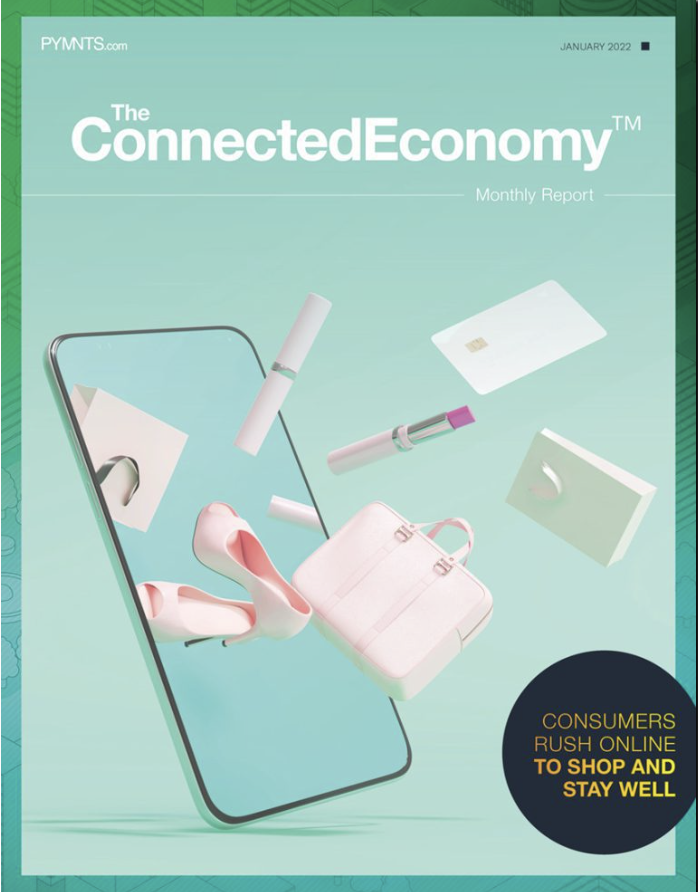Why Paper Payments — Cash & Checks — Are Holding “Challenger Banks” Back
PYMTS.com reports, via their January 2022 ConnectedEconomy™ Report, that a substantial amount of U.S. consumers -- 67% -- say they interact with their bank using digital channels, including such functions as checking their balances, paying bills, and monitoring transaction alerts.
As Bank of America CEO Brian Moynihan told CNBC in February 2022, just 15% of deposits at the bank are handled by a teller at a physical branch, with the rest happening digitally. Even though in-person deposits are shrinking, traditional banks, like Bank of America, support money mobility through branch and ATM networks along with digital-first means such as mobile remote deposit capture for checks.

Paper is Still Important
However, the article goes on to say that the same isn’t true for FinTechs that want to live up to their challenger bank reputation, supporting the same end-to-end money-in/money-out experience for their customers. Challenger banks are smaller, newer banks aiming to directly compete with – or challenge – traditional banks by using cutting-edge financial practices.

BINs, card rails, bank rails and routing numbers make it easy for FinTechs to accept electronic deposits. But without physical branches or access to a mobile check cashing network that can de-risk instant access to funds from check deposits, these companies cannot support the entirety of the money-in needs of their customers — both checks and cash.
Financial institutions need to support both types of paper-based payment methods. Cash use may be waning in the U.S., but it still represents about a fifth of all transactions in the country, according to the Federal Reserve Bank of San Francisco.
Checks Remain Strong
The statistics reveal checks are more "tenacious" -- they account for 50% of the country’s $25 trillion payment volume. Checks are still widely used and preferred for payroll, disbursements, benefits, tax payments, and payments for services.
For FinTechs to be Money Mobility–ready, they need to support money in from the sources that aren’t “hard-wired” to electronic payments network and use APIs to simplify digital funds in.

FinTechs should support the money-in capabilities for the paper-based deposits that still represent a promising source of money in for consumers without putting themselves at greater risk for fraud. A money mobility network can help these businesses align their need to take care of that risk with the need to accept money using all available methods.
As we noted recently, digital solutions must coexist with check payments. This is confirmed by the statistics above and from the Innovating B2B Retail Payments report, where research found that, as of March 2020, 81% of businesses still pay other firms via paper checks, making it the most common B2B payment method.
This reinforces the importance of adopting AI and machine learning technologies to enable challenger banks to not only offer check payments, but also optimize check processing and provide fraud detection protection for their customers. If challenger banks continue to ignore cash and check payments, they will find it difficult to continue to take market share from the traditional banks.